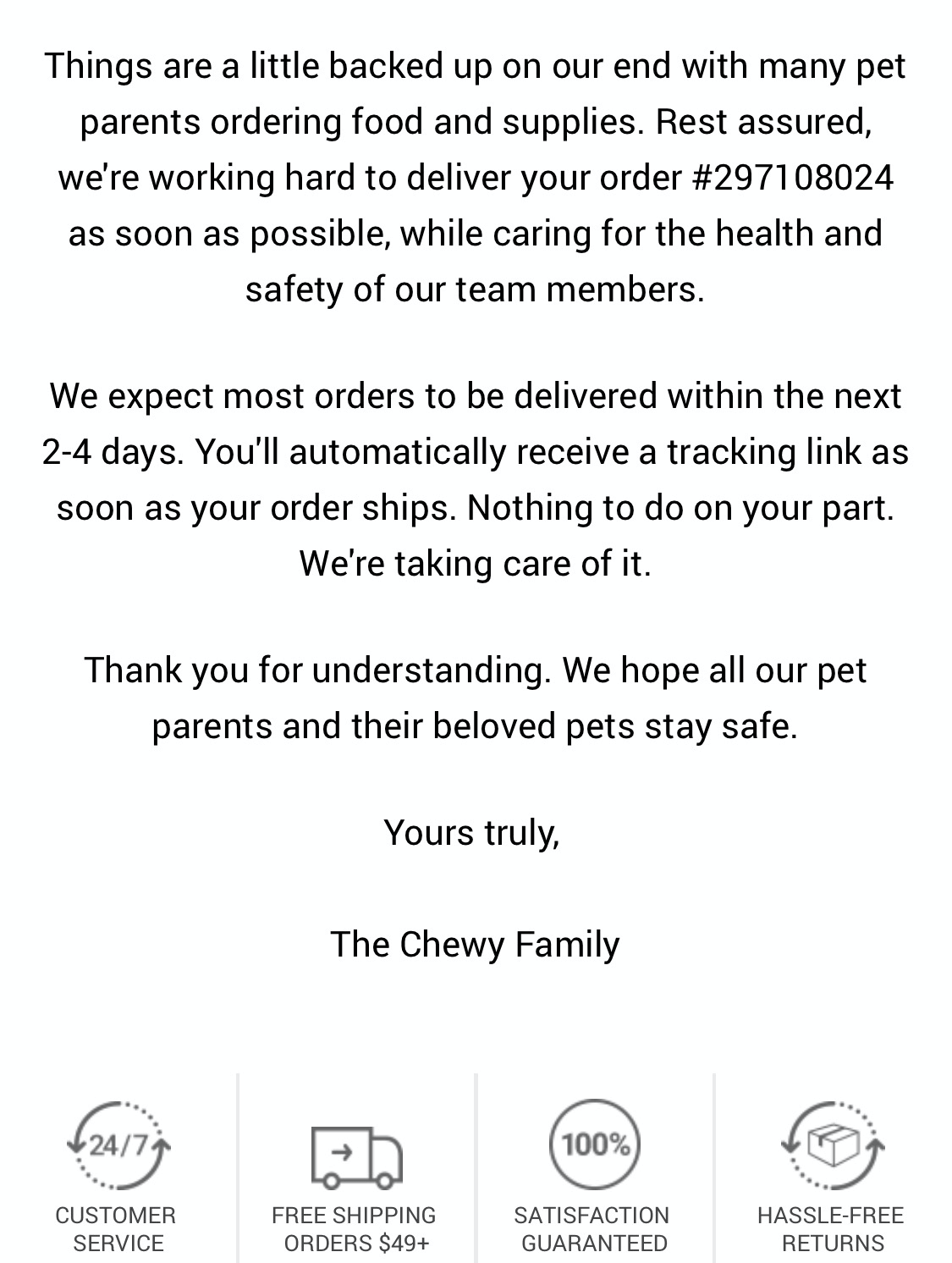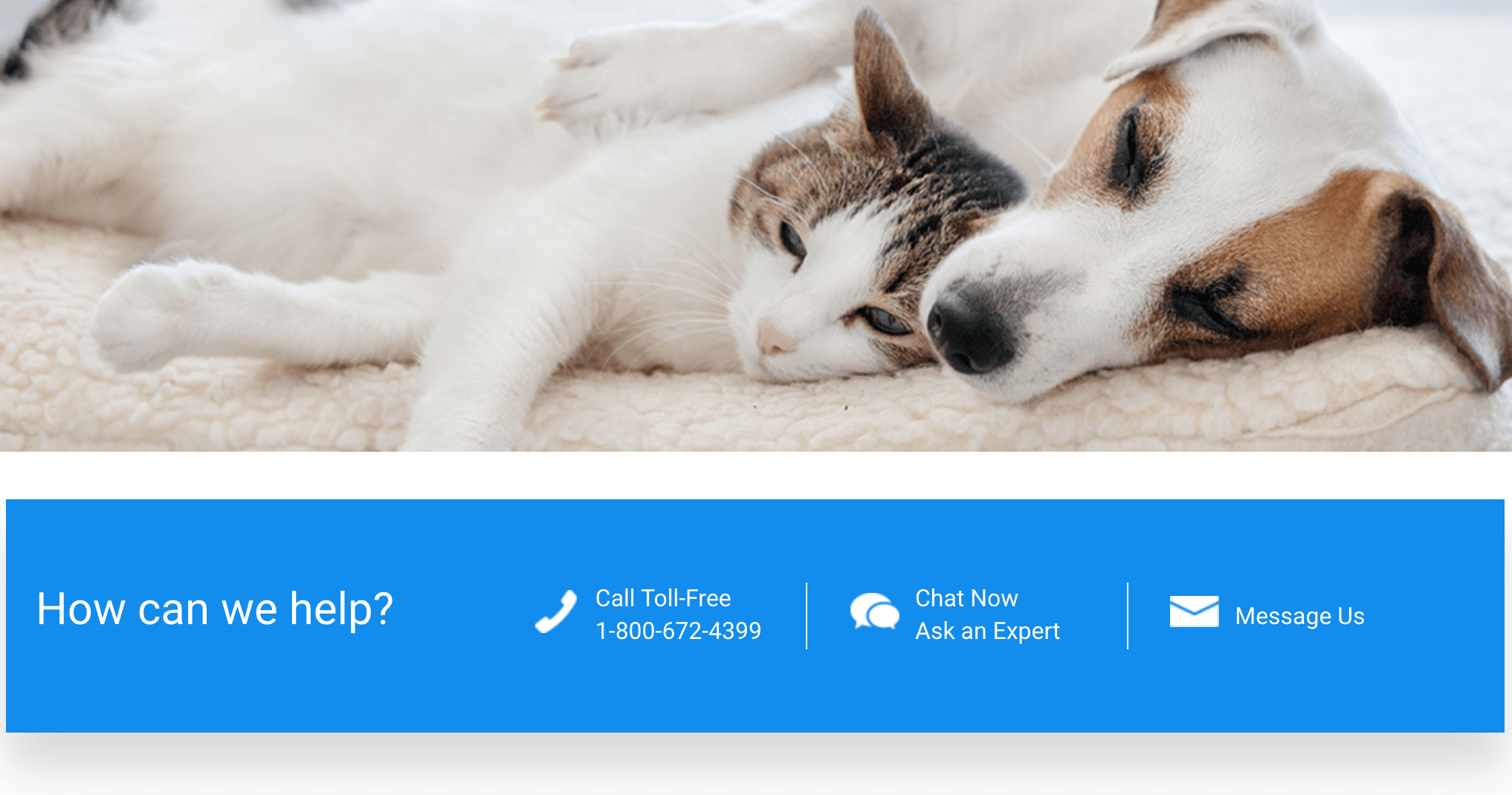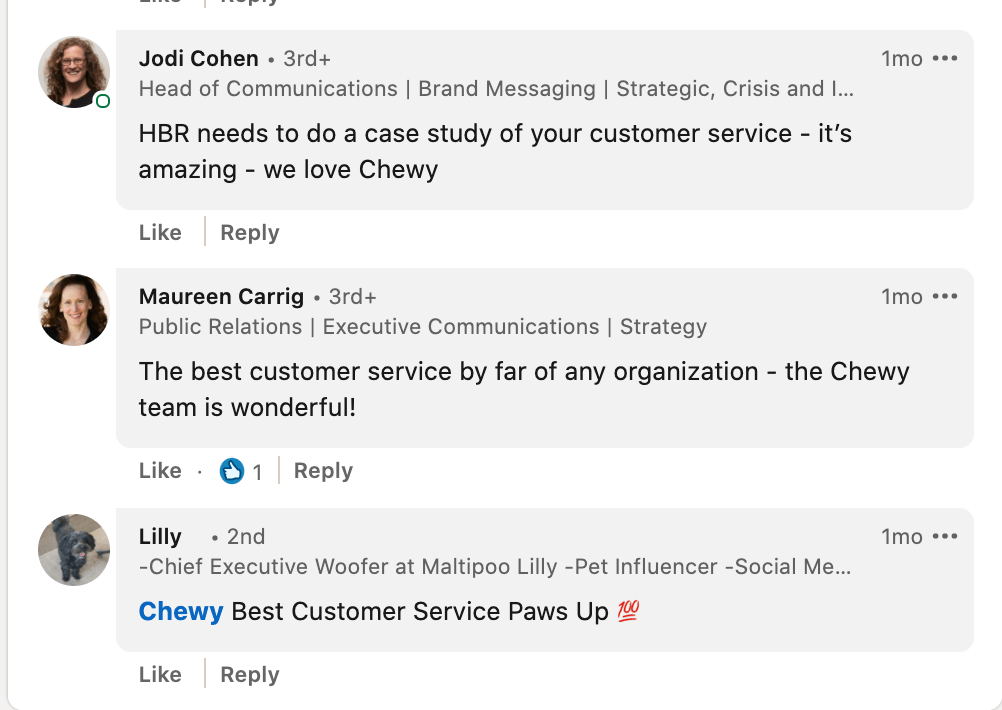Improving Customer and Agent Experience in Your Contact Center: Lessons from Chewy
Chewy, an eCommerce leader, has set a high standard for customer service by blending operational efficiency with personalized care. Their success extends beyond delivering pet supplies—it’s about creating meaningful customer interactions. Chewy’s approach highlights a crucial truth: exceptional service starts with engaged employees equipped with the right tools. As we examine Chewy’s customer service strategies, we’ll explore how innovative call center management software can enhance agent performance, streamline operations, and elevate customer satisfaction.
Sharpen empowers call centers to deliver exceptional customer experiences by equipping agents with intuitive, AI-driven tools and omnichannel support. Our platform streamlines workflows, allowing agents to resolve issues efficiently and maintain meaningful customer relationships. Schedule a demo today and discover how Sharpen can revolutionize your customer service experience.
Below, we unpack four strategies from Chewy’s service playbook and give you actionable tips on how to use them to improve your own customer experience:
1. Prioritize a positive work environment for your people.
Exceptional service starts with a positive work environment—one that goes beyond surface-level perks and focuses on creating a culture of support, empowerment, and growth. Chewy exemplifies this by fostering an atmosphere where employees are trusted to make decisions that enhance customer experiences. This approach pays off—research shows that employees with a positive mindset are 31% more productive.
For call centers, the takeaway is simple: investing in your agents’ well-being and professional development isn’t just good for morale—it’s a direct investment in your bottom line.
[Read Next] How to eliminate the bad customer service stereotype
How to use this method to improve your customer experience:
Build recognition into your culture to improve call center agent retention. Coach your agents frequently, and loop them in on their performance goals and metrics.
Even consider setting aside a “fun budget” for each customer service rep to surprise and delight customers. Offer agents $10, $25, or $50 a month (whatever makes sense for your contact center) to do something special for a customer. Whether that’s delivering a pizza or a slice of key lime pie, you’ll drum up positivity for your customers and your agents. The more happiness you can conjure, the better your call center experience.
2. Build brand trust with personalization and consistency.
Building brand trust relies on personalization and consistency—two cornerstones of exceptional customer service. Chewy exemplifies this approach by going beyond automated responses and scripted interactions. A few years ago, they released handwritten holiday cards to their customers—each with a unique message, smudged ink, and distinct handwriting. Despite serving millions of customers at the time, Chewy created a personalized experience.
How to use this method to improve your customer experience:
Use the customer data that lives in your contact center to personalize service conversations to your customers. Give your agents access to customer history, so they can approach every interaction with knowledge about each customer’s needs, wants, and past service experiences. And, encourage small moments of connection. Coach agents to use a customer’s name during conversations. Even motivate agents to take a few extra seconds to ask questions and check-in with the customer. What you may lose in efficiency, you’ll gain in loyalty.
3. Eliminate effort in the customer journey.
Chewy eliminates customer pain points by offering proactive service—an approach call centers can learn from. Their Autoship program, designed for busy pet owners, allows customers to schedule recurring deliveries of food and supplies, with the flexibility to adjust shipments as their needs evolve. Furthermore, customers receive timely updates when an order is preparing to ship, has been delivered, or faces unexpected delays.
For call centers, this highlights a vital strategy: empower agents with real-time customer data and the tools to communicate proactively.

How to use this method to improve your customer experience:
Eliminate effort for your customers, and you’ll create raving fans. Do your customers complain about long wait times in your customer surveys? Do your agents tell you that it’s common for customers to reach out three times to solve the same problem? What kind of experience does your current suite of contact center tools support? Can your customers find self-service answers to their questions, or do you offer reactive support instead of proactive? Dissect your customer journey and create a set of action items to reduce friction based on what you find.
[Learn More] See how Sharpen’s reporting tools help you spot customer trends
4. Put customers first, not your bottom line.
Putting customers first doesn’t mean sacrificing your bottom line—it means strengthening it. Chewy exemplifies this principle by offering 24/7 customer support, ensuring pet parents always have access to help when they need it. Beyond their round-the-clock service, Chewy provides extensive FAQs and self-service options on their website, giving customers the flexibility to resolve issues on their own terms.


How to use this method to improve your customer experience:
Don’t just talk about putting customers first, do it. Work with other contact center and operations leaders to prioritize outcomes over vanity metrics. While speed and accuracy are top priorities for modern customers this year, efficiency shouldn’t outweigh other important pieces of your customer experience.
Ask for more feedback from your customers, your agents and others on the frontlines in your organization (like sales and marketing) to learn what they really want. Offer up more ways for your customers to get the help they need, like an FAQ section on your website or with a live chat option to connect to a live agent.
Gather intel to learn your customer truths, then deliver the experience they expect. Now, as Chewy customers said in the comments above, they compare every brand to Chewy.
[Download Now] 52 questions to ask your agents to improve performance & well-being
Strengthen Your Customer and Agent Experiences With Sharpen
Exceptional customer experiences start with empowered agents. When you invest in tools that support your team—like intuitive workflows, real-time insights, and seamless communication—you create an environment where agents and customers thrive. Sharpen call center management software equips your customer service team with the technology they need to deliver efficient support. Schedule a demo with Sharpen today to learn more.

